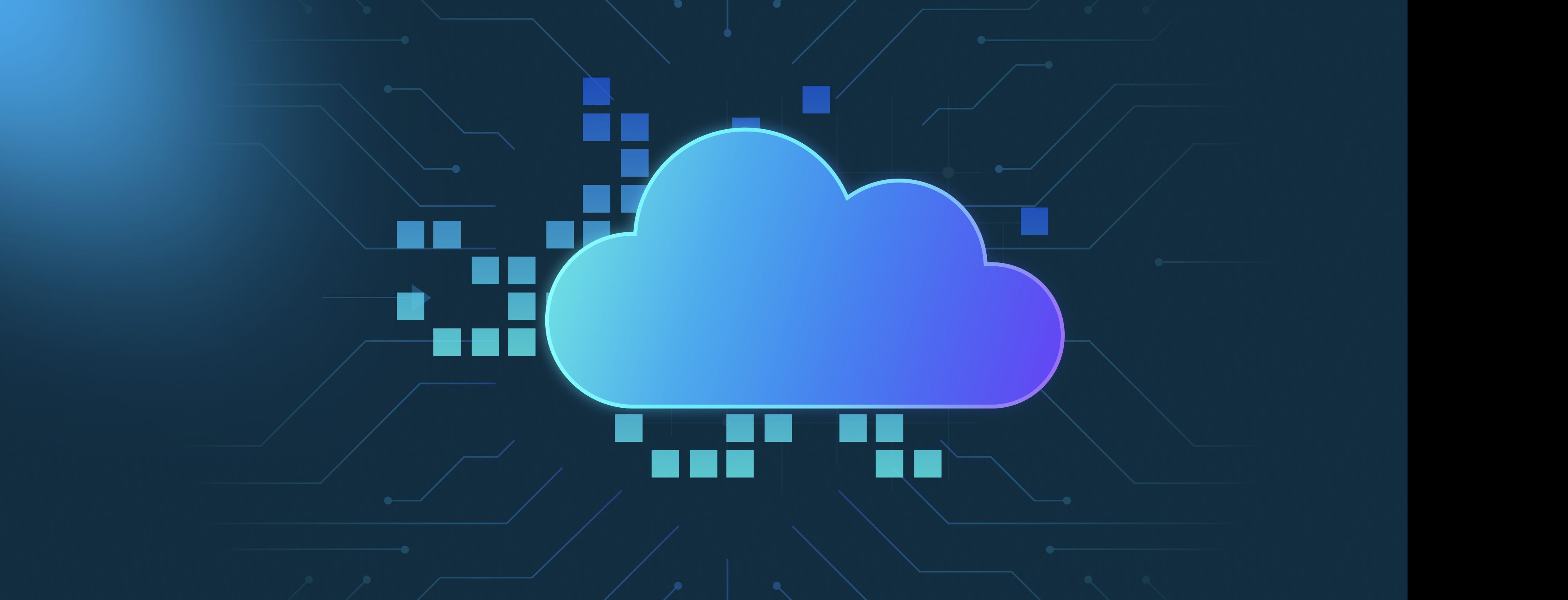Robots adapt their behavior through a process known as learning, which often involves experience and trial-and-error methods. At its core, this means that robots use data from their interactions with the environment to improve their performance over time. This is typically achieved through algorithms that allow them to modify their actions based on the results of previous attempts. A common approach to this is reinforcement learning, where a robot receives feedback in the form of rewards or penalties based on its actions. When the robot successfully completes a task, it may increase the likelihood of repeating that behavior in the future. Conversely, if it makes a mistake, it learns to avoid that action next time.
For example, consider a robot designed for warehouse automation. Initially, it may struggle to navigate around obstacles while picking items. Through trial-and-error, it encounters various obstacle configurations and learns which paths lead to successful item retrieval and which end in collisions. By using sensors and cameras, the robot gathers data on its surroundings and assesses its performance based on the outcomes of its actions. Over time, it refines its movement patterns, reducing the number of errors, and becoming more efficient in completing its tasks.
Another example can be seen in robotic arms used in manufacturing. These robots often use machine learning techniques to fine-tune their movements based on feedback from earlier operations. If a task is repeated, such as assembling parts, these robots can adjust their grip strength or the angle of their motions based on whether previous actions resulted in successful or failed assemblies. This ongoing process of adaptation allows robots to become more adept at performing their assigned tasks, ultimately improving productivity and reducing downtime in industrial applications. By incorporating experience into their learning processes, robots can effectively adapt to new challenges and make more informed decisions as they work.
